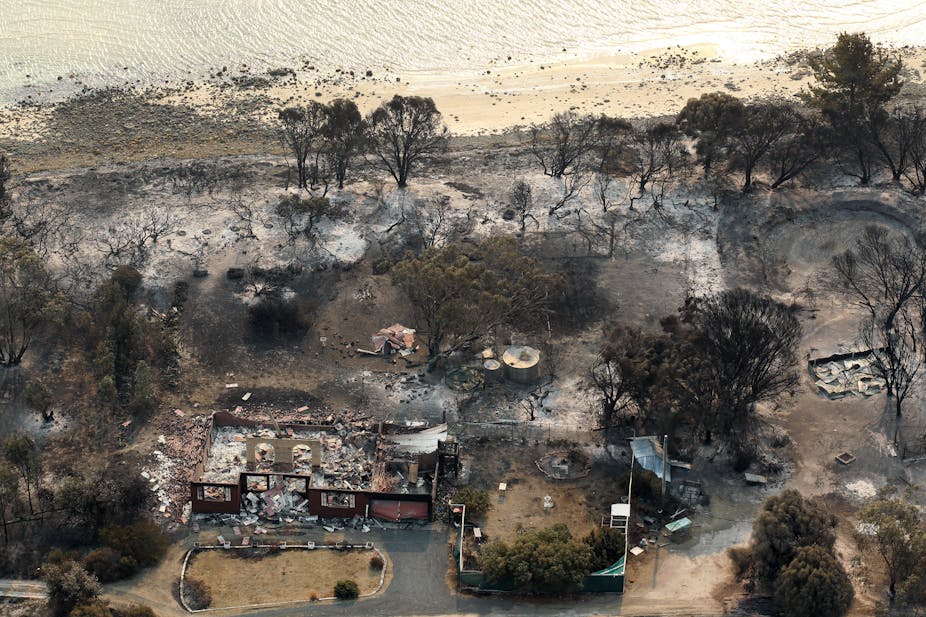Hurricane Sandy may or may not be a direct result of climate change, but what is certain is that the incidence of extreme climate events is increasing.
Such events are predicted by climate models, according to the IPCC, which has warned that “a changing climate leads to changes in the frequency, intensity, spatial extent, duration, and timing of extreme weather and climate events, and can result in unprecedented extreme weather and climate events”.
Breaking records in terms of wind ferocity, Hurricane Sandy hit land in a densely populated area on the East Coast of the US as well as devastating large parts of the Caribbean. The storm surge caused widespread flooding and damage. Not only was it a human tragedy, but property damage is likely to cost $50 billion. The direct costs to the insurance industry are lower, in the order of between $10 and $20 billion.
It should come as no surprise that with expected payouts escalating rapidly over the next few years, the insurance industry is ringing warning bells.
They are already too high, according to Swiss Re, which announced that “economic losses from natural catastrophes and man-made disasters will likely reach at least USD 140 billion in 2012”.
Munich Re, the world’s largest reinsurance company, published “Severe weather in North America”, which showed that during the past thirty years of weather-related disasters there was a clear rising trend for both extreme weather events and the costs of recovery. The report also identifies the probable cause for this trend. “The view that weather extremes are becoming more frequent and intense in various regions due to global warming is in keeping with current scientific findings.” Commenting on this report, Tony Kuczinski, CEO of Munich Re America warns: “What is clearly evident when the long-term data is reviewed is that losses from weather events are trending upward.”
The insurance industry faces another challenge. To stay commercially viable, actuaries need to be able to accurately calculate risks. In the past, they have calculated these risks by using historical data. For climate change, such data are seldom available, and so insurers will need to rely more on climate projections and models. Although these predictors are getting more reliable, they are nowhere as accurate as required. To play it safe, actuaries are likely to use conservative estimates of climate impact, meaning insurance costs will be based on the upper boundary of potential losses. That’s more bad news for business.
What all this means is that climate change presents unprecedented risks that the insurance industry may not be able or willing to cover. In areas that are particularly vulnerable, some insurance companies have already started to withdraw or steeply increase their premiums. For example, Allstate, a major US insurer, scaled back its insurance in the Gulf region due to “unacceptable” losses following Hurricane Katrina, dropping 16,000 commercial customers in 2005.
As disasters caused by climate change increase in frequency and intensity, insurance will become increasingly unavailable or unaffordable.
Unfortunately, the private sector is not paying sufficient attention. But what would happen if insurance premiums increased 50%? 100%? 200%? Companies would have the impossible choice of deciding whether to continue to accept increases in their overheads or operate without insurance (euphemistically referred to as “self-insuring). For most, either solution would not be sustainable.
The risk to the affordability of insurance should focus the minds of the private sector. And it should force it to revise its comfortable assumption that climate change is someone else’s problem. In fact, now is the time to realise that climate change is very much its problem.

